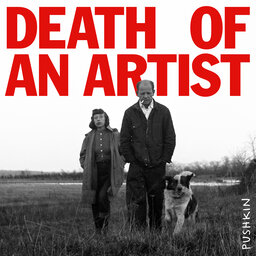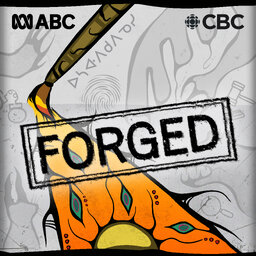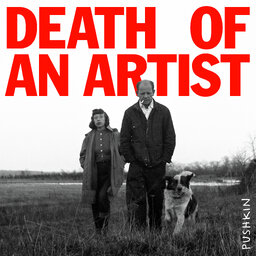In 1980s Manhattan, a young Cuban artist named Ana Mendieta made a name for herself as a rising star in the art world. Her turbulent marriage to the older and well-established sculptor Carl Andre raised eyebrows. One September night, Carl called 911 in a panic. His wife, he said, “went out the window.”
To hear the rest of Season 1 ad-free, sign up for Pushkin+ on the Death of an Artist show page in Apple Podcasts, or at pushkin.fm/plus.
 Death of an Artist
Death of an Artist


